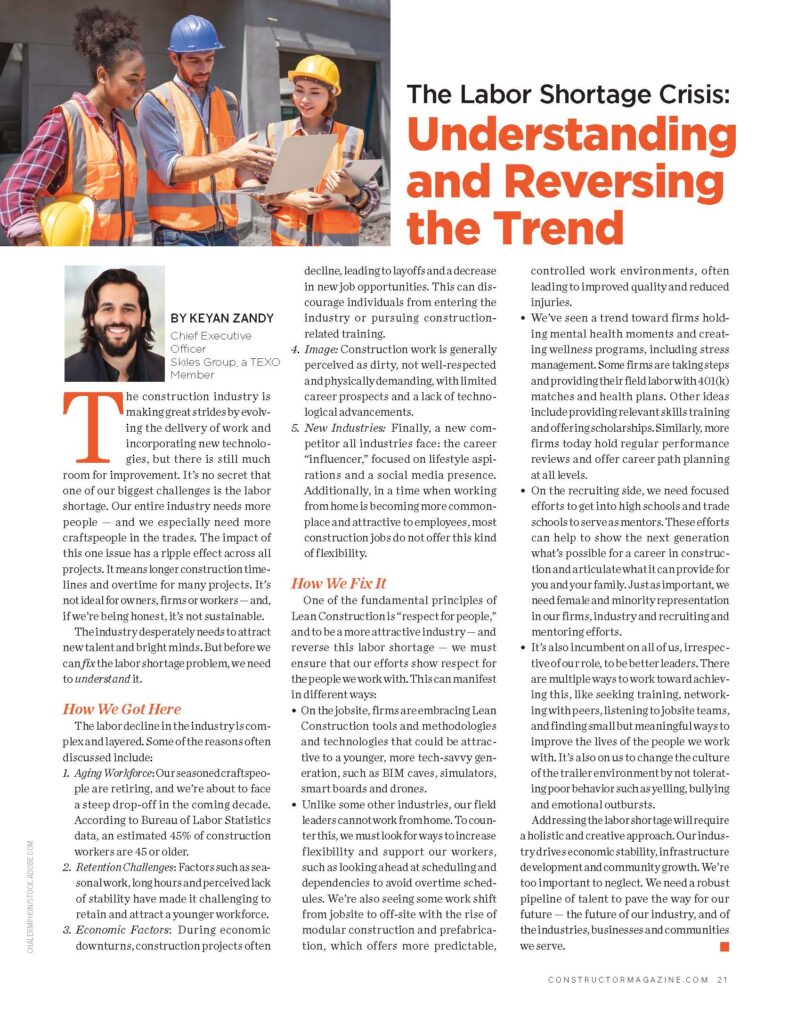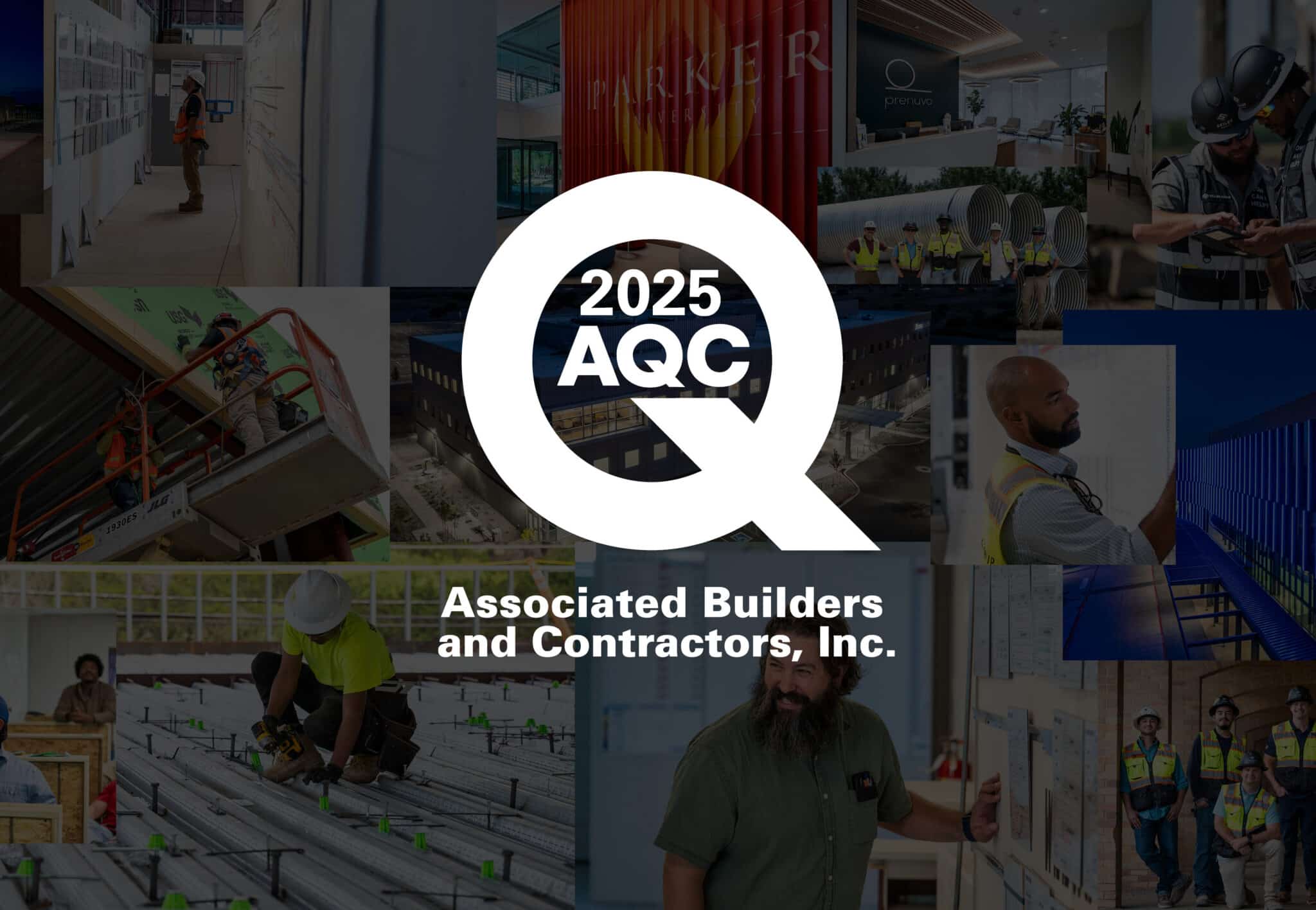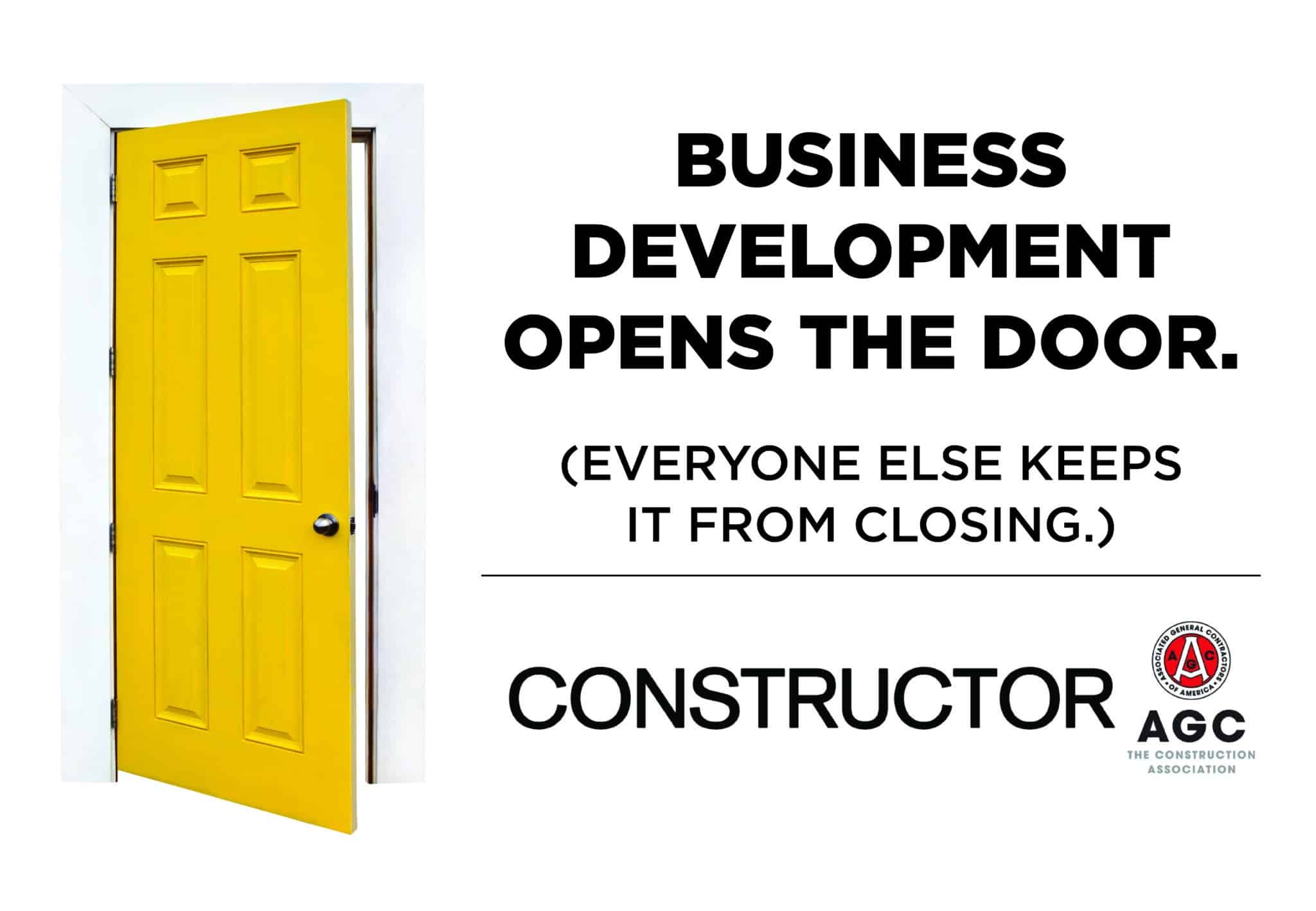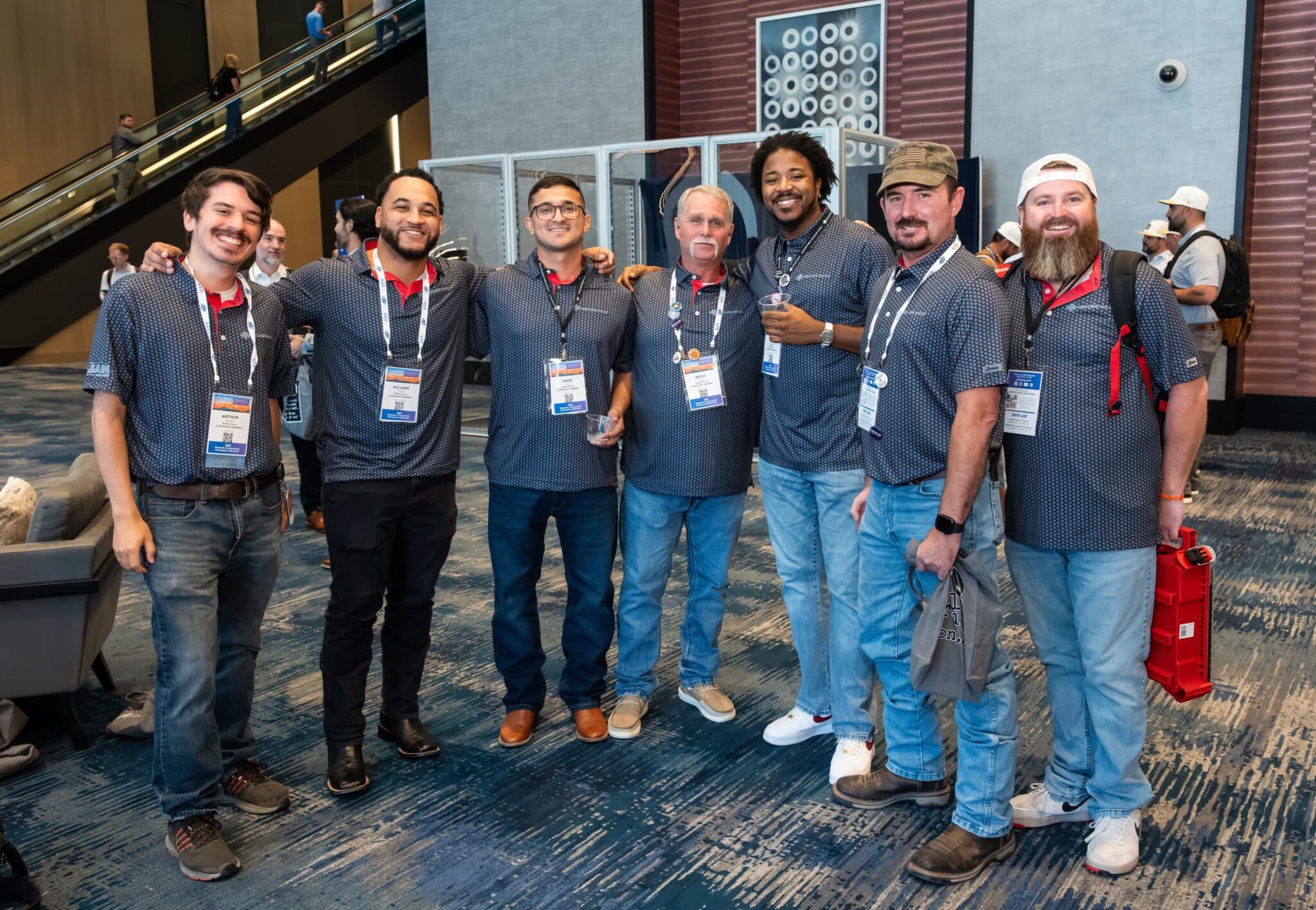The construction industry is making great strides by evolving the delivery of work and incorporating new technologies, but there is still much room for improvement. It’s no secret that one of our biggest challenges is the labor shortage. Our entire industry needs more people—and we especially need more craftspeople in the trades. The impact of this one issue has a ripple effect across all projects. It means longer construction timelines and overtime for many projects. It’s not ideal for owners, firms, or workers—and, if we’re being honest, it’s not sustainable.
It’s clear that our industry desperately needs to attract new talent and bright minds. But before we can fix the labor shortage problem, we need to understand it.
How We Got Here
The construction industry labor decline is complex and layered. Some of the reasons often discussed include:
- Aging Workforce: Our seasoned craftspeople are retiring, and we’re about to face a steep drop-off in the coming decade. According to Bureau of Labor Statistics data, an estimated 45% of construction workers are 45 or older.
- Retention Challenges: Factors such as seasonal work, long hours, and perceived lack of stability have made it challenging to retain and attract a younger workforce.
- Economic Factors: During economic downturns, construction projects often decline, leading to layoffs and a decrease in new job opportunities. This can discourage individuals from entering the industry or pursuing construction-related training.
- Image: Construction work is generally perceived as dirty, not well-respected, and physically demanding, with limited career prospects and a lack of technological advancements.
- New Industries: Finally, a new competitor all industries face: the career “influencer,” focused on lifestyle aspirations and a social media presence. Additionally, in a time when working from home is becoming more commonplace and attractive to employees, most construction jobs do not offer this kind of flexibility.
How We Fix It
This subject is significant to me because it goes back to people. One of the fundamental principles of Lean Construction is “respect for people,” and to be a more attractive industry—and reverse this labor shortage—we must ensure that our efforts show respect for the people we work with. This can manifest in different ways:
- On the jobsite, firms are embracing Lean Construction tools and methodologies and technologies that could be attractive to a younger, more tech-savvy generation, such as BIM caves, simulators, smart boards, and drones.
- Unlike some other industries, our field leaders cannot work from home. To counter this, we must look for ways to increase flexibility and support our workers, such as looking ahead at scheduling and dependencies to avoid overtime schedules. We’re also seeing some work shift from jobsite to offsite with the rise of modular construction and prefabrication, which offers more predictable, controlled work environments, often leading to improved quality and reduced injuries.
- We’ve seen a trend toward firms holding mental health moments and creating wellness programs, including stress management. Some firms are taking steps and providing their field labor with 401k matches and health plans. Other ideas include providing relevant skills training and offering scholarships. Similarly, more firms today hold regular performance reviews and offer career path planning at all levels.
- On the recruiting side, we need focused efforts to get into high schools and trade schools to serve as mentors. These efforts can help to show the next generation what’s possible for a career in construction and articulate what it can provide for you and your family. Just as important, we need female and minority representation in our firms, industry, and recruiting and mentoring efforts.
- It’s also incumbent on all of us, irrespective of our role, to be better leaders. There are multiple ways to work toward achieving this, like seeking training, networking with peers, listening to jobsite teams, and finding small but meaningful ways to improve the lives of the people we work with. It’s also on us to change the culture of the trailer environment by not tolerating poor behavior such as yelling, bullying, and emotional outbursts.
Addressing the labor shortage will require a holistic and creative approach. Our industry drives economic stability, infrastructure development, and community growth. We’re too important to neglect. We need a robust pipeline of talent to pave the way for our future—the future of our industry, and of the industries, businesses, and communities we serve.

This article was written for Constructor Magazine‘s September/October 2023 issue; you can read it here:
https://constructorseptoct23.mydigitalpublication.com/publication/?m=69328&i=800620&p=20&mc_cid=64d6c7e55e&mc_eid=UNIQID&ver=html5




